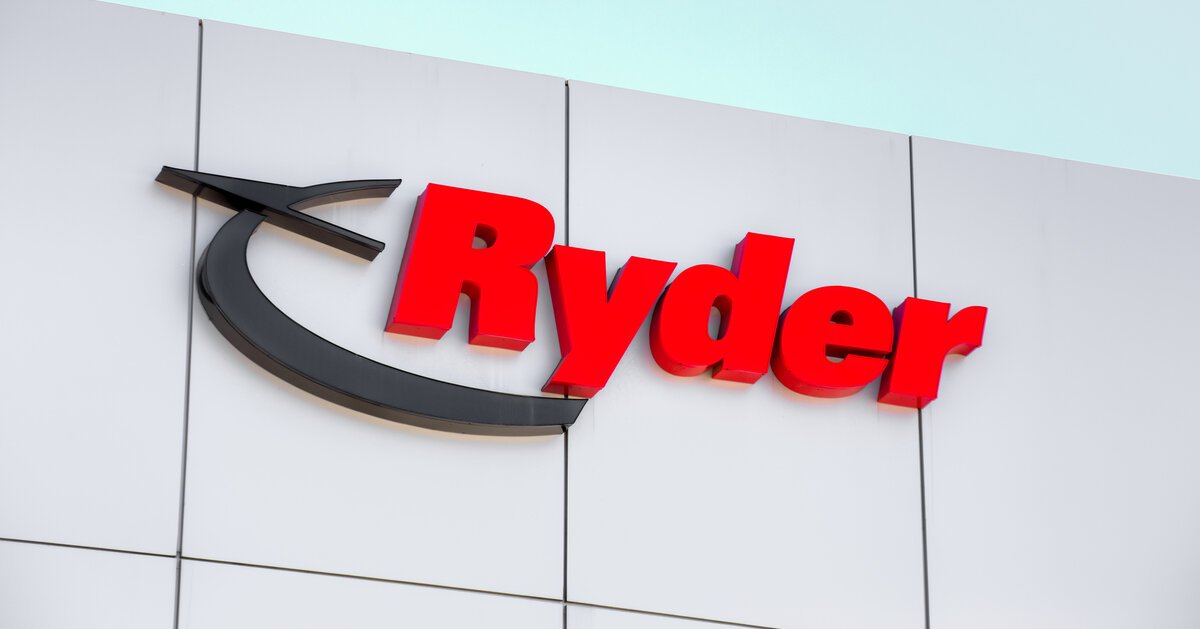Digitization remains a concept escaping most of the supply chain. According to McKinsey & Company, the average supply chain has a digitization level of 43%, and only 2% of supply chain executives say their organizations are focused on digital transformation. However, that statistic will climb in the coming year as companies look to overcome the traditional challenges in the order to cash process and leverage better digital solutions to achieve meaningful change. In fact, Ryder System, Inc., has now released a one-of-a-kind collaborative logistics platform, RyderShare™, powered by the Turvo platform, says BusinessWire, to achieve those goals. Therefore, all supply chain leaders and professionals need to understand the truths of why digitizing the order to cash process makes supply chains more efficient.
Challenges in the Order to Cash Process
The order to cash process is perhaps the most important aspect of supply chains, but it can be difficult to see the final payment for an order unless the customer pays your company immediately. Yes, some shippers may need to wait for a longer payment cycle, but for logistics service providers (LSPs), third-party logistics providers (3PLs), and carriers, the order tender to payment, or the order to cash process, can be both exhaustive and expensive.
Of course, even shippers have problems. They must manage inventory in their facilities, in the yard, in transit, and in third-party retailers that have lines of credit with the company. These might not seem like major hurdles, but each item represents a higher cost for managing inventory and adds to inefficiencies. However, digitizing the process could allow for better inventory responsiveness and planning to reduce the cash-to-cycle. As reiterated by CFO.com:
“A speedy cash-to-cash cycle is especially critical for smaller businesses, as their tighter cash flow often doesn’t allow for lengthy payment grace periods. Many small businesses can manage with a 30-day cash-to-cash cycle, but a 60-day cycle requires twice as much cash reserves. In many cases, delayed payment means that a smaller business must borrow money to finance the next round of inventory. The slower the cycle moves, the more expensive it gets to produce your product.
The same principle applies to companies that don’t have physical inventory, but do have people who have to get paid to deliver a service to customers. Once you’ve invested money in people to deliver a service — whether it’s in the form of salary, benefits, or specialized training — you need to make money off that person’s expertise. If you’ve already paid your consultant to go into a client’s business and do a job, but then the client spends months disputing the invoice, you’re still on the hook for your consultant’s ongoing paychecks.”
The biggest problem in the traditional order to cash process often involved the lack of real-time intervention and access to information, but, as noted in The Wall Street Journal article by Jennifer Smith titled “Companies Lean on Freight Technology to Untangle Scrambled Supply Chains,” companies, like Ryder, are implementing platforms to digitize the order to cash process with the launch of RyderShare™. Let’s take a bit of a deeper look into what Ryder is looking to accomplish with the RyderShare™ platform.
Use Case: Digitized Operations Enable Efficiency for Ryder & Customers
RyderShare™ appears to take a brand new way to approach the digitization of supply chains and enables faster order to cash process management by unifying the goals of your whole supply chain within a common logistics platform. And it seems natural, not just a “Digitization” for “Digitization’s sake.” Think about it. The biggest savings and opportunities to apply data in today’s world lie within visibility and collaboration. If the whole supply chain uses such a system, individual supply chain partners could reduce the number of check calls and manual processes behind shipping and order fulfillment. Instead of hoping for a productive workforce, collaborative logistics tap the true value of an existing tech stack and the need for end-to-end data shareability to maximize value and reduce the order to cash process time.
As noted by President of Global Supply Chain Solutions for Ryder, Steve Sensing, “We can solve in minutes what previously took hours, days, and weeks to course-correct. Now, more than ever, there is a greater sense of urgency for real-time visibility in the supply chain and the tools that enable all parties involved to work together to ensure the on-time delivery of the goods we rely on every day. RyderShare™ delivers these capabilities, as well as the analytics and insights to optimize networks – all delivered by logistics professionals with the experience to make meaningful changes.”
The ongoing pandemic also created a need for faster order to cash process capabilities. Digging deeper into the Wall Street Journal article, Cathy Roberson, president of supply-chain research firm Logistics Trends & Insights LLC noted, “It’s that whole need to be more agile. Businesses that were already using those types of tools fared better during the pandemic.” And for those that overlooked the value of technology prior to the pandemic, “So it’s going to be a mad scramble to obtain,” Ms. Roberson said, “data that is coming in real-time or as close to real-time as you can get.”
Meanwhile, at Do it Best, the nationwide hardware company, the shipper utilizes the Ryder platform, RyderShare™, to respond to the demand-spikes they saw occur with the Coronavirus and course-correct their supply chain network to respond in-kind.
“During the first two weeks of May, Do it Best’s warehouse sales jumped by 36% to 68%, depending on location, from the same period in 2019. To accommodate the surge, the Fort Wayne, Ind. based cooperative set up hundreds of new delivery routes, secured additional trucks, split up loads and rerouted vehicles with the help of a logistics platform, RyderShare™ developed by collaborative logistics software provider—Turvo.” For Ryder, using the inherently collaborative logistics Turvo platform, they are able to connect shippers, carriers, and receivers through a dashboard to track freight in real-time.
This is powerful digitization of the order to cash process for Ryder, who now extends these benefits of digitization yielding efficiency to its customer base.
Added Benefits of Better Order to Cash Management
The benefits of better order to cash process management are quite significant as well. As noted by Chief Marketing Officer for Ryder Karen Jones, “RyderShare will radically change the way the logistics industry does business. A supply chain is not one company but a network of companies working together to procure materials, transform them into finished products, and speed them to market. That means, in order to quickly identify and address issues in the supply chain proactively, rather than reactively, we must have real-time connectivity, transparency, and collaboration with all parties involved.” RyderShare™ makes that possible—using the combined capabilities of Turvo—to unlock these key benefits:
-
Real-time results that prove the value of a digitized order to cash process, increasing productivity up to 50%.
-
Elimination of organizational silos that relied on manual, burdensome, and cost-prohibitive processes.
-
Proactive labor planning that leads to 35% in labor savings.
-
Increased supply chain responsiveness with on-time performance—up to 99% for RyderShare™ specifically—enabling up to five days of delays from the order to cash process.
Leverage the Connected Network at Last With a Collaborative Logistics Infrastructure
A connected logistics enterprise is the only way forward, and RyderShare™ is only the latest resource that has made its name based on the idea of a collaborative infrastructure that adds value, saves money, and maximizes investments in any existing tech stack. Those are the same goals Turvo has—committed to bringing harmony and shared data to the supply chain—enabling true digitization rates that soar beyond 90%. Find out more by contacting Turvo online to get started.








